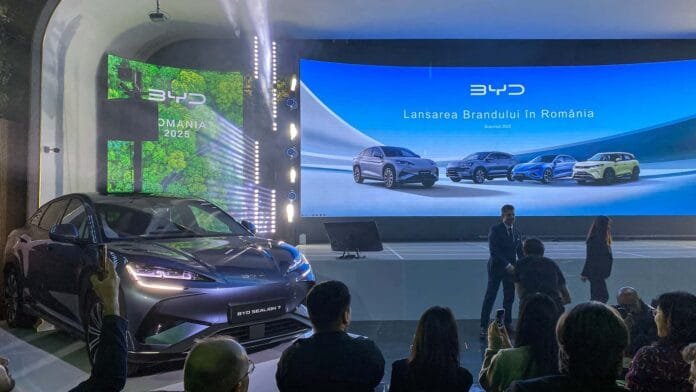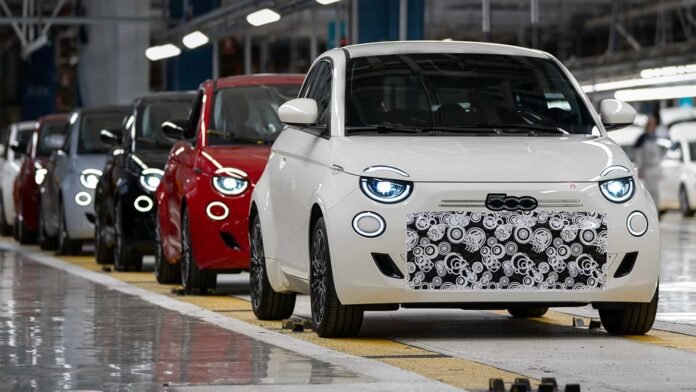Understanding Nissan’s Current Landscape
In March, when I spoke to Nissan executives in Japan, it was evident that significant challenges lay ahead for the automotive giant. Executives such as Chief Performance Officer Guillaume Cartier and incoming CEO Ivan Espinosa emphasized that while the initial phase of their transition plan was underway, the comprehensive strategy needed was still being refined.

Job Cuts and Plant Closures
Recent reports indicate the company anticipates another 10,000 job cuts, adding to the previously announced 9,000, resulting in nearly 20,000 layoffs—around 15% of its workforce. The decision to reduce staff comes amidst broader restructuring efforts as Nissan grapples with stagnant sales and diminishing profit margins. Their financial forecast continues to be grim; after losing money last year, they expect further losses this year.
Strategic Collaborations and Future Plans
Despite these hurdles, Nissan remains focused on strategic partnerships. Espinosa shared a ‘no taboo’ approach to collaboration, indicating openness to alliances that provide a strategic advantage. This mindset has fostered ongoing discussions with potential partners like Honda. Furthermore, talks are underway with Foxconn to explore ways to leverage their expertise in electric vehicles—an area where Nissan is eager to establish a stronger foothold.
Nissan’s executives are keenly aware of the need to increase sales and profitability without inflating operational costs, aiming to navigate this unpredictable market effectively. While the road ahead appears challenging, the company is determined to adapt and innovate, proving their resilience in a fluctuating automotive landscape.



